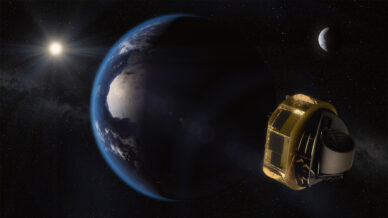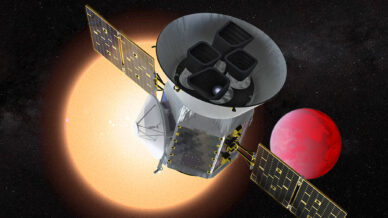This page lists funded projects (national funding, European funding, and cooperation projects) (co-)led by Group members, as well as missions/instruments in which we are strongly involved. Listed funded projects have a closing date no earlier than 1 Jan 2021 (for older projects, please follow this link).
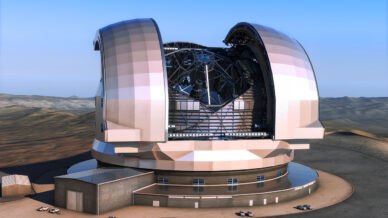
ANDES@ELT
ANDES (ArmazoNes high Dispersion Echelle Spectrograph) is the planned high-resolution (R ~ 100,000) spectrograph for ESO’s Extremely Large Telescope (ELT) operating at visible
Read more
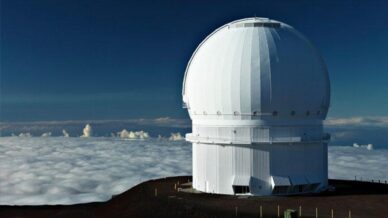
SPIRou@CFHT
SPIRou (SPectropolarimètre InfraROUge) is a near-infrared spectropolarimeter and high-precision velocimeter for the Canada-France-Hawaii Telescope (CFHT). It is a near-infrared fiber-fed, double-pass cross-dispersed spectrograph, based
Read more
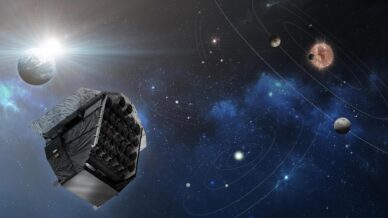
PLATO
PLATO (PLAnetary Transits and Oscillations of stars) is an M3 ESA mission expected to launch in 2026. It is designed to find and
Read more
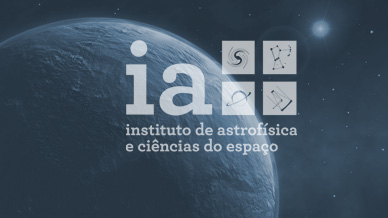
Unravelling the mystery of substellar object formation
There are at least 100 billion brown dwarfs and rogue planets in our galaxy. Several theories related to processes of their formation have
Read more

Space Weather Modeling: A Coupled Ionosphere-Thermosphere Physics-Based Approach
This project aims to develop an open-source physics-based model of the ionosphere-thermosphere system in order to enable real-time forecasting of neutral and charged
Read more

Using Ap stars as LABoratories for probing chemical transport mechanisms, with ultra-precise space-based photometry (ApLAB)
Over the last decades, asteroseismology has blossomed thanks to the ultra-precise, space-based photometric time series acquired by satellites such as CoRoT (France/ESA; 2006-2012),
Read more

Exploring the red side of cool stars with exoplanets
The determination of accurate and precise stellar parameters and chemical abundances of M dwarfs is of prime importance to the study of Galactic
Read more

Stellar rotation and magnetism in the era of ultra-precise space-based photometry
Stellar brightness variations result from the contribution of different stellar phenomena at different timescales. For solar-type stars, at long timescales the brightness variations
Read more

Space Weather Awareness Training Network (SWATNet)
SWATNet is an H2020 Marie Skłodowska-Curie Actions (MSCA) Innovative Training Network (ITN). The project brings together nine beneficiaries (including the University of Coimbra)
Read more

A synergetic approach to the study of the Milky Way, its stars and planets using ultra-precise, space-based photometry
New insights on stellar interiors physics and evolution are being made possible by asteroseismology, the study of stars by means of their natural
Read more
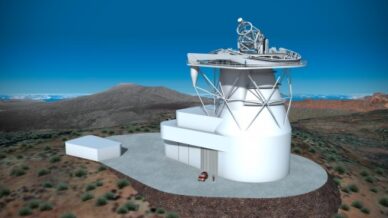
EST
The European Solar Telescope (EST) is a project aimed at designing, constructing, and operating the largest solar telescope ever built in Europe. With
Read more

Precise characterization of exoplanets with Cheops
Cheops is the first ESA mission dedicated to the characterization of known transiting exoplanets by means of ultra-high-precision photometry of bright stars. Data
Read more

Shedding a new light on outstanding problems in stellar physics with ultra-precise space-based photometry
The last decade has witnessed a dramatic advance in stellar physics research driven by exquisite space-based seismic data now available for thousands of
Read more
Past projects

AM Radio Signal Datalogger (AMANDA)
(Portuguese only) Com o aumento da dependência da nossa sociedade na tecnologia baseada no espaço, ações que tornem esta infraestrutura mais resiliente são
Read more

Cool Stars in the near-Infrared (CSI)
This project takes advantage of our privileged access to the Guaranteed Time Observations (GTO) data from the NIRPS (Near InfraRed Planet Searcher) spectrograph
Read more

Star-exoplanet compositional link: Towards realistic characterisation of terrestrial planets (EXO-TERRA)
Over the last decade, noticeable advances were made in the modelling of the internal properties of terrestrial planets. It is, for instance, known
Read more

SSA P3-SWE-XXXVII SWE Products for Southern Europe – Phase 1 (PROSE)
This project will focus on enhancing and maturing space weather assets in Southern Europe, building on the results of the preceding SSA studies
Read more

Portuguese Regional Ionosphere ModEl (PRIME)
This project aims at developing a prototype for an empirical model to forecast total electron content (TEC) variations across Portugal in response to
Read more
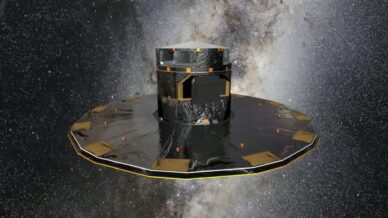
Revealing the Milky Way with Gaia (MW-GAIA)
MW-GAIA will provide European leadership in understanding the Galaxy, its stars and planets, enhance the potential of the community in its scientific exploitation
Read more
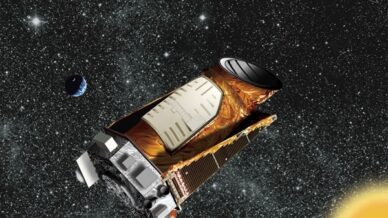
Breaking through outstanding problems in stellar evolution with ultra-precise space-based photometry (BreakStarS)
The last decade has witnessed a dramatic change in stellar astrophysics research as a result of the launch of space missions — such
Read more

Characterizing the smallest planet hosts
The determination of accurate and precise stellar parameters and chemical abundances of M dwarfs is of prime importance to the study of Galactic
Read more

Zoom-In ON hIgh-mass Star forMation
The theory of high-mass star formation predicts specific features, namely, the formation of near-equal binary systems, radiative Rayleigh-Taylor instabilities, and bloated photospheres. The
Read more


